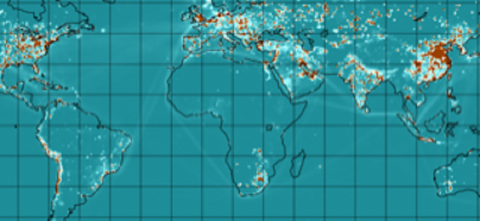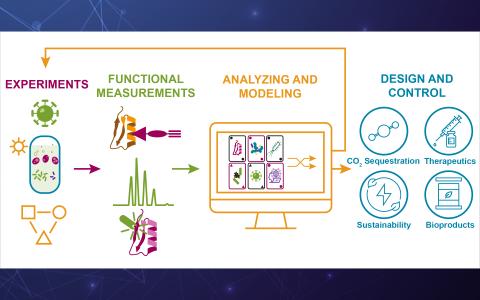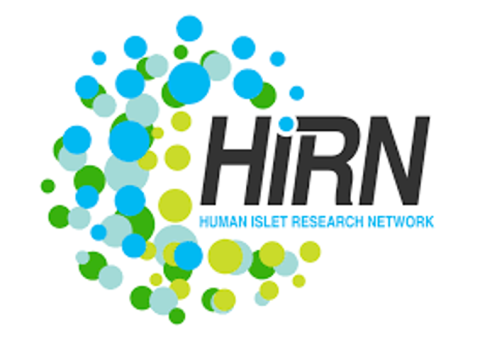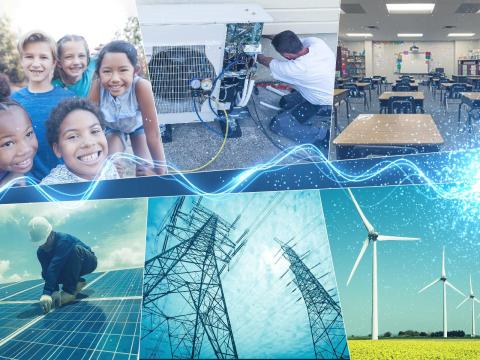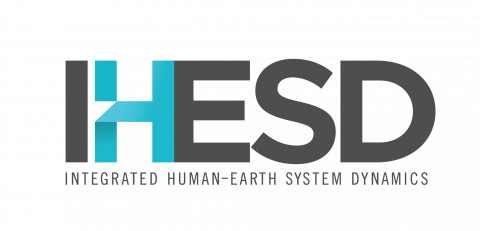This project will focus on developing, evaluating, and using a range of modeling tools to systematically analyze coastal processes, stressors, responses, and uncertainties, with an emphasis on: Interactions across different parts of coastal systems; Long-term changes in the coastal environment; and...
Datasets
1




